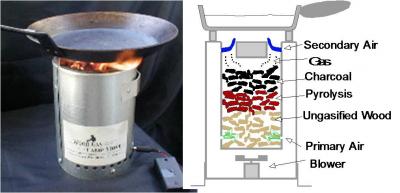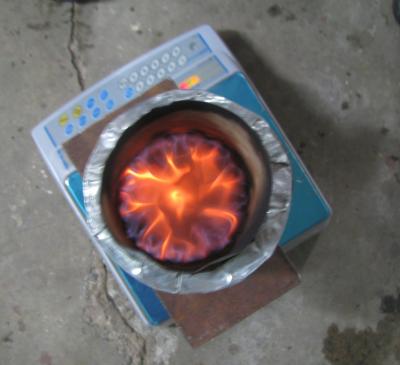Tom Miles, ETHOS Conference 2011
Kirkland, Washington, USA January 28th ~ 30th, 2011
The ETHOS Stoves Conference was last weekend, and it included demonstrations by some of the stove makers and manufactures, with the opportunity to talk to the people using and inventing the stoves.
Here are some of the stand-outs from the demonstrations area, click on an image to view it in a larger size.
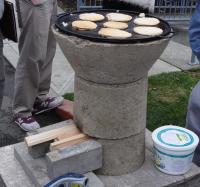 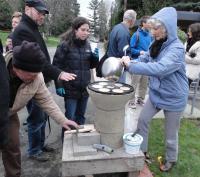
|
The Shark Stove presented by John and Flip Anderson. Notice the even cooking on the pancakes, that even heat is partially due the ceramic shark teeth construction just under the cooking surface. This is primarily a stick burning stove with both a plancha (even cooking surface) and pot rests. |
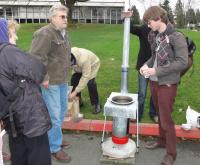
|
Jatropha Seed TLUD (Top, lit, updraft design, using natural draft - no fan) by Pamoja (http://www.pamoja.net/protree_jatropha.html) and Jet City Stoveworks ( http://jetcitystoveworks.com/ ). Abely demonstrated by David Otto. |
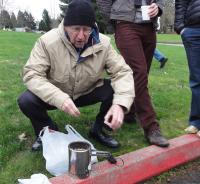 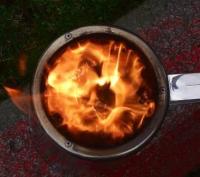
|
Paul Anderson dexterously burning Jatropha seeds (out of doors) in the Woodgas Stove ( http://woodgas.com/bookSTOVE.htm ) designed by Tom Reed. This is a light weight gasifying stove (minus the pot rest in the picture) that uses a small electric fan. |
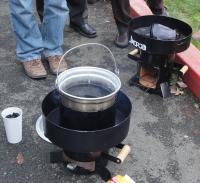 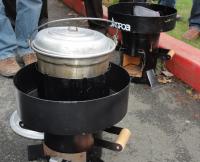
|
Boiling water in the Charbelle, presented by Peter Scott. The Charbelle is a Charcoal cooking stove designed by the Burn Design Lab ( http://www.burndesignlab.org/our-stoves/ ) for use in Haiti.
This stove features an abrasion and thermal shock resistant ceramic liner surrounded by sheet metal cladding. The stove is currently being mass produced and sold in Kenya. The stove has been very well received, earning top marks from consumers. |
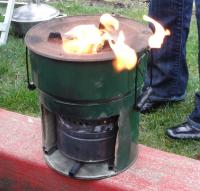 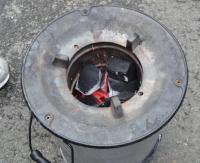 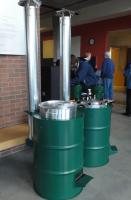
|
Ryan with StoveTec was demonstrating the StoveTec Stove ( http://www.stovetec.net/us/ ) an Ashden Award winning cook stove that can either be used with stick wood or charcoal.
The institutional version of the StoveTec Stove for use in schools and other organizations, has an attached chimney and an a pressure cooker version. The pressure cooker is useful to shorten cooking times, and the fuel consumption, when cooking beans and small grains. |
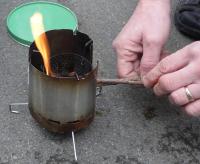
|
The Nomad PrePac ( http://www.preppac.net/ ) Bio-fuel Camp Stove burning stick wood. This is an ultra-light stove designed to burn small amounts of fuel for camping or for emergency preparedness. |
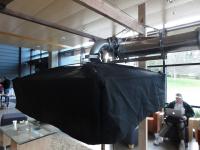 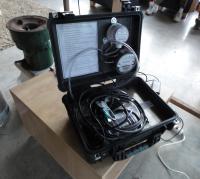
|
the PEMS emissions testing was happening at ETHOS (of course), Larry Winiarski is in the background in these pictures. |

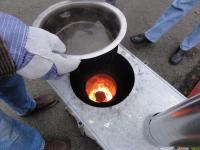
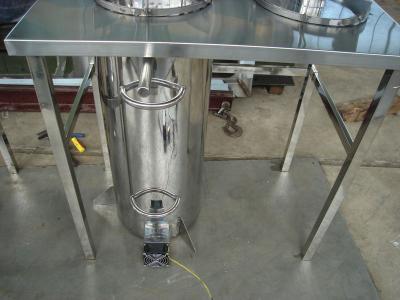
.400px.jpg)
